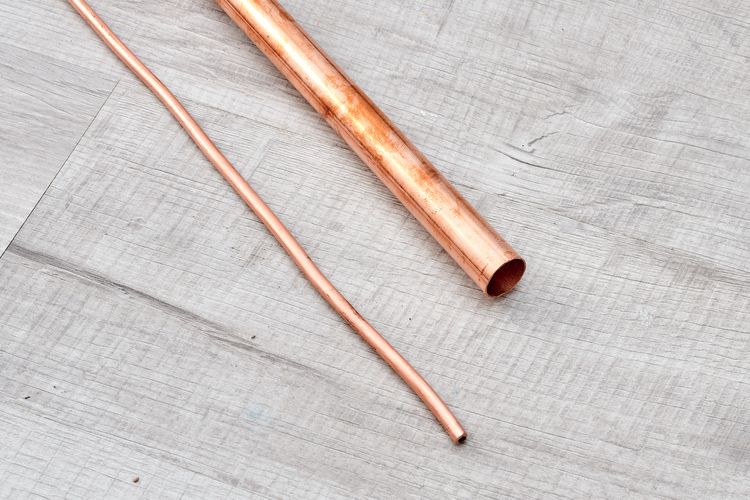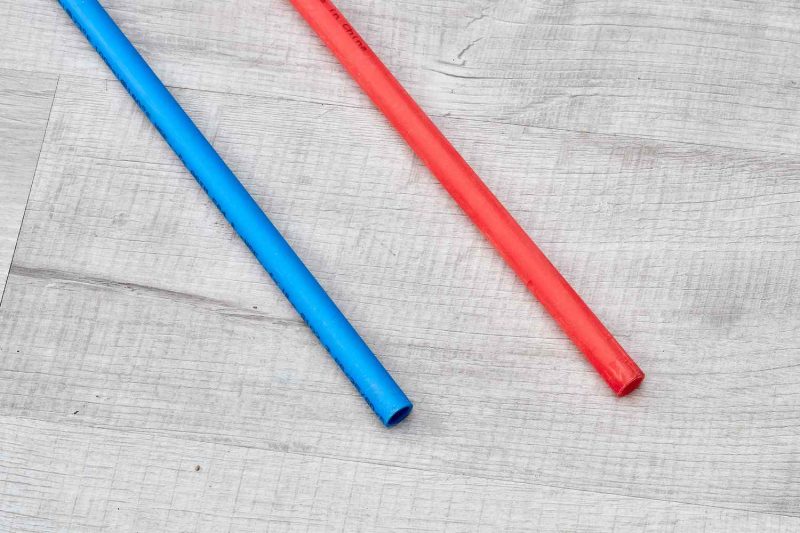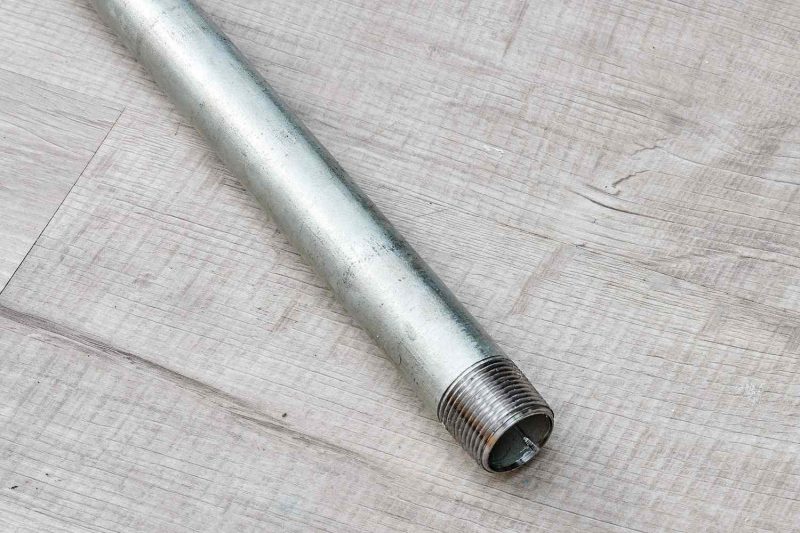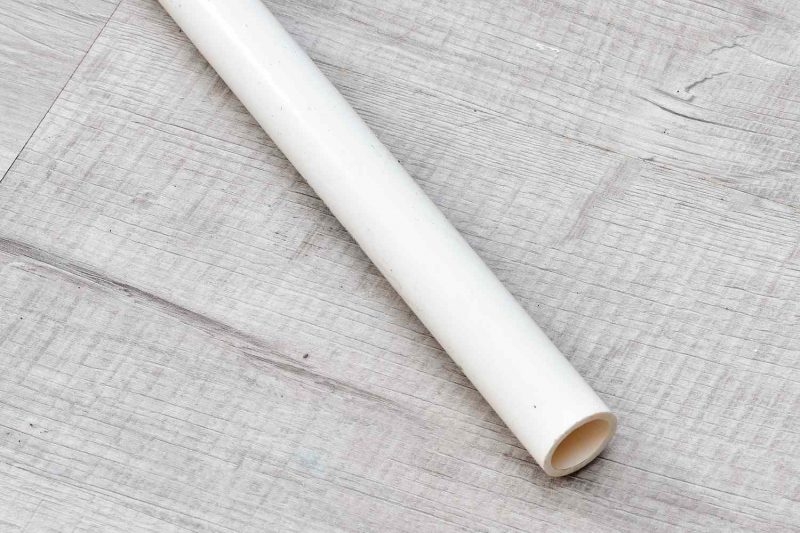
In residential plumbing systems, the pipes designated for delivering potable water are made from different materials compared to those used for wastewater drainage. These materials can range from metals such as steel and copper to various plastic options, including PVC, CPVC, and PEX. While your home might feature a uniform type of material for the water supply pipes, it’s common to encounter a mix of different pipes, particularly in older houses that have undergone numerous plumbing repairs or renovations.
Below are several typical materials utilized for water supply piping.
Copper

Copper tubing is primarily utilized for the distribution of both hot and cold water and is frequently employed in HVAC systems for refrigerant lines. While it was previously permitted for gas piping, this practice is now prohibited in certain areas. Key characteristics include:
- Lifespan: Copper plumbing pipes have a durability of up to 50 yearshowever, as they age, the material gradually becomes thinner, which can result in the formation of pinhole leaks.
- Copper piping is suitable for both underground and above-ground uses. Nonetheless, certain soil types may impact copper, so it is advisable to use a protective sleeve when installing it underground.
- Copper is available in various thicknesses, specifically grades M, L, and K. The M grade is the thinnest option, while K is designed for underground use and high-pressure environments. M grade is typically utilized in heating systems, but in certain areas, it is prohibited for use in water lines due to its inability to handle high pressure.
- Connectors: Copper can be joined using various methods, such as compression fittings, push-fit fittings, or soldering techniques.
While copper pipes and fittings remain readily accessible, the rising cost of copper and the labor-intensive installation process have led numerous builders to opt for PEX instead. Nonetheless, the prevalence of copper over plastic alternatives can still be significant, depending on your location and whether the application is commercial or residential.
PEX

PEX, or cross-linked polyethylene, often referred to as XLPE, is a type of high-density polyethylene that is widely utilized in residential hot and cold water piping as well as in hydronic heating systems, including radiant floor heating. This material is capable of withstanding both high and low temperatures. Many plumbers favor PEX tubing over copper and other plastic options for water supply lines. Notable characteristics include:
- Lifespan: PEX is regarded as more resilient than copper, with an expected longevity exceeding 50 years.
- Affordability and convenience: This product is budget-friendly and is available in lengthy rolls that are simple to carry. The pliable tubing can easily navigate corners, reducing the need for additional elbows and fittings, which accelerates the installation process.
- Connectors: PEX can be assembled through various methods, such as using push-fit fittings or crimp rings, which are fastened with specific PEX tools.
Zinc-Coated Steel

Galvanized steel pipes were historically the predominant choice for water supply systems. Homes built prior to the 1960s may still contain these pipes. They are coated with a layer of galvanized zinc to protect against water corrosion. Due to the extensive labor and time required for cutting, threading, and installation, the use of galvanized pipes has diminished, with their primary application now being for repairs. Nonetheless, galvanized pipes are still utilized in larger commercial settings for water distribution. Notable characteristics include:
- Lifespan: Home inspection organizations indicate that galvanized pipes typically last around 40 years. If your galvanized steel plumbing system is nearing that age, it may be wise to consider an upgrade.
- Connectors: Should the pipes remain in satisfactory condition, local hardware stores offer a range of fittings and can customize galvanized pipes by cutting and threading them to suit your requirements.
PVC

PVC, short for polyvinyl chloride, is a type of plastic piping primarily utilized for wastewater drainage and is deemed unsuitable for potable water. It is also widely used in swimming pool and spa installations. Notable characteristics include:
- Lifespan: PVC pipes have a durability that ranges from 50 to 100 years, with the latest innovations extending their longevity even further.
- Color scheme: Typically, this pipe is white, although it is available in various colors. For instance, a purple pipe featuring black text is occasionally utilized for reclaimed water.
- Thicknesses: It is available in different thicknesses or schedules. Schedule 40 is frequently utilized for pipes in water distribution systems.
- Connectors: PVC joints are created by applying a primer that softens the PVC material, followed by the use of PVC adhesive to fuse the joints and pipes. In commercial settings, every piping system is clearly labeled.
